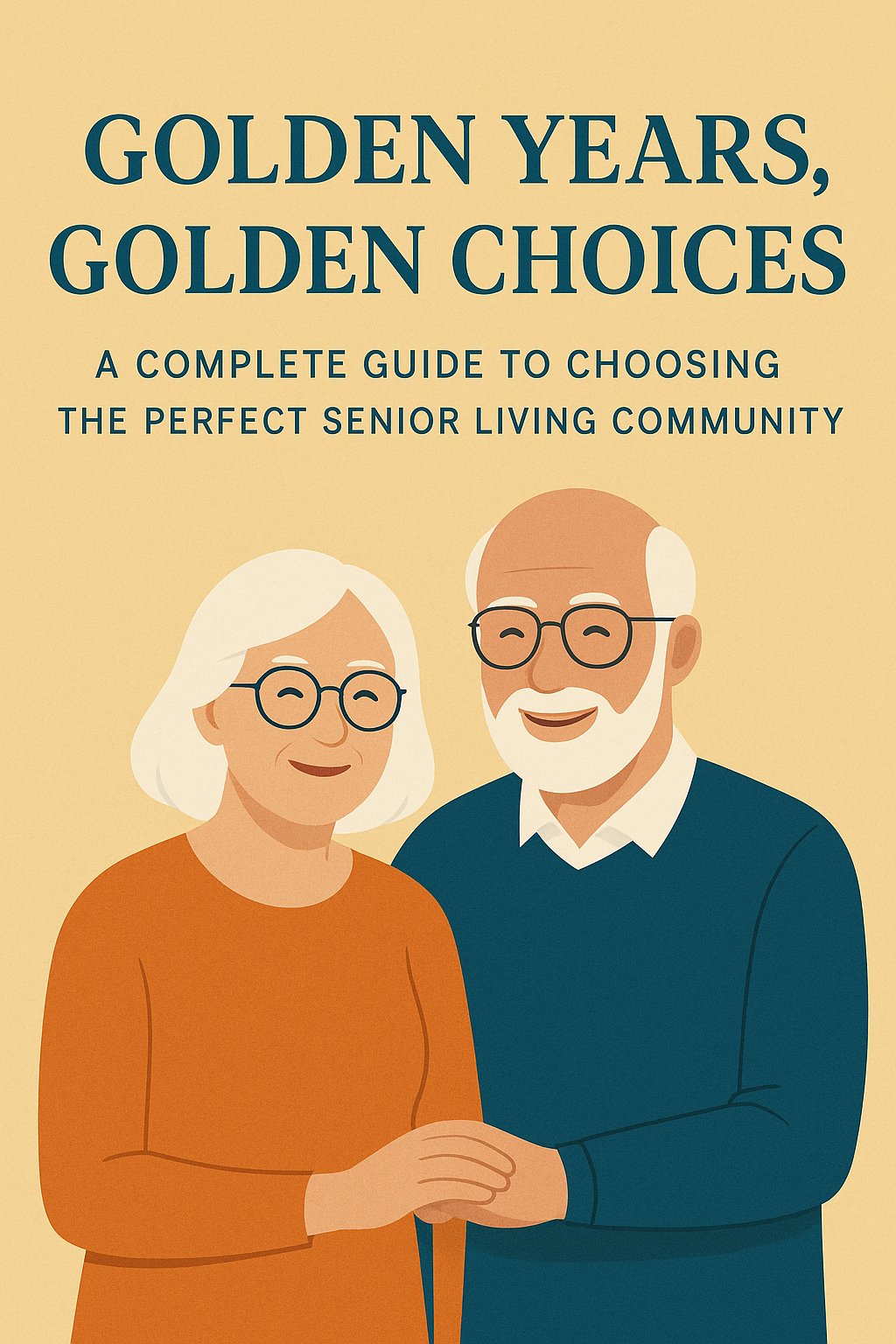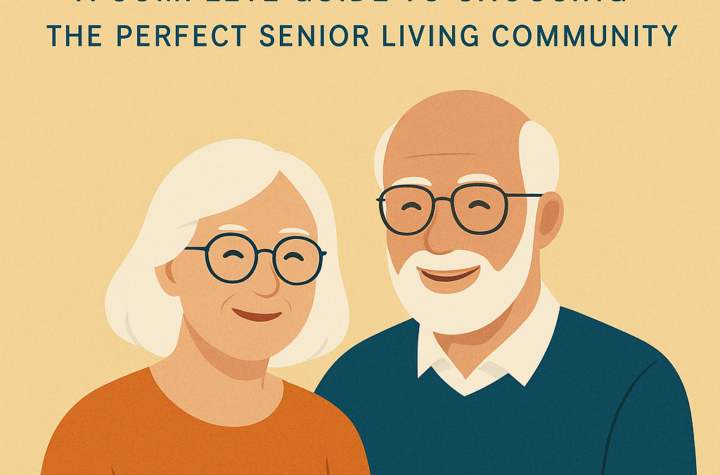
As we age, finding a safe, comfortable, and fulfilling place to live becomes a top priority—not just for ourselves, but also for our loved ones. The transition into a senior living community is a significant life decision that involves careful consideration of physical needs, lifestyle preferences, financial options, and emotional well-being.
This comprehensive guide is designed to help seniors and their families navigate the process of selecting the ideal elderly living arrangement—one that not only supports health and safety but also enhances quality of life. Whether you’re seeking an active retirement lifestyle, assisted living with medical support, or memory care for specialized conditions, the right community is out there waiting for you.
Understanding the Types of Elderly Living Communities
Senior living isn’t one-size-fits-all. Different types of communities cater to varying needs:
- Independent Living Communities
Ideal for active, healthy seniors who want to live in a community of peers with minimal assistance. These often include private apartments or cottages, along with amenities such as fitness centers, social events, and dining services. - Assisted Living Facilities
Perfect for seniors who need help with daily tasks like bathing, dressing, or medication management but still wish to maintain a degree of independence. These facilities offer 24/7 staff support, wellness programs, and emergency services. - Memory Care Units
Specialized communities for individuals with Alzheimer’s disease or other forms of dementia. These units provide a secure environment, trained staff, and activities tailored to cognitive health. - Nursing Homes (Skilled Nursing Facilities)
Provide 24-hour medical care and supervision for seniors with chronic health conditions or recovering from surgery. These facilities are usually staffed with registered nurses and therapists. - Continuing Care Retirement Communities (CCRCs)
Offer a combination of independent living, assisted living, and nursing care all in one campus. Residents can transition between levels of care as their needs change.
Factors to Consider When Choosing a Senior Living Community
Finding the best fit involves more than choosing a location. Here are key factors to evaluate:
1. Level of Care Needed
Assess your current and potential future needs. A community that meets your needs now and can adapt as you age is ideal.
2. Location
Proximity to family, familiar neighborhoods, medical centers, and favorite activities can greatly affect happiness and adjustment to a new environment.
3. Cost and Financial Planning
Costs can vary widely based on the type of community and level of care. It’s important to understand:
- Monthly fees (rent, utilities, meals, etc.)
- Entry fees (in some CCRCs)
- What’s included vs. what’s extra
- Whether long-term care insurance, Medicare, or Medicaid can help
4. Quality of Life
Look for communities that prioritize social interaction, wellness programs, recreational activities, and access to nature or outdoor space. Happiness and emotional health are just as important as physical care.
5. Staff and Services
A well-trained, compassionate staff makes all the difference. Check for:
- Staff-to-resident ratio
- Emergency response systems
- Availability of medical staff or specialists
- Personal care services (housekeeping, transportation, grooming)
6. Community Culture
Visit a few times to get a feel for the culture. Are residents engaged? Is the environment friendly and warm? Do activities align with your interests?
7. Accreditation and Reviews
Look for state licensing, inspection reports, and third-party reviews. Ask current residents or their families for honest feedback.
Steps to Take Before Making a Decision
1. Do Your Research
Start online, use senior living directories, read reviews, and shortlist communities based on your criteria.
2. Visit Multiple Locations
Schedule tours. Ask questions. Observe daily routines, dining quality, activity calendars, and cleanliness.
3. Involve Your Family
Loved ones can offer valuable perspective and emotional support in the decision-making process.
4. Review Contracts and Policies
Understand all terms, including refunds, medical emergency procedures, discharge policies, and cost adjustments.
5. Plan a Trial Stay
Many communities offer short-term stays or respite care options. A trial visit can give you a first-hand experience of the lifestyle.
Benefits of the Right Senior Living Community
A well-chosen community can transform your golden years into a time of enrichment, comfort, and joy. Benefits include:
- Increased Safety: Emergency response systems and medical staff are always nearby.
- Social Connection: Group activities, dining with others, and shared hobbies reduce loneliness and depression.
- Health Management: Access to wellness programs, physical therapy, and medication management improves long-term health.
- Peace of Mind: Knowing help is available provides reassurance to residents and their families.
Common Myths About Senior Living – Debunked
- “I’ll lose my independence.”
Most communities encourage autonomy and provide just the right level of support. - “It’s too expensive.”
While costs vary, many families find that downsizing and consolidating expenses into one monthly fee is cost-effective. - “It’s lonely.”
On the contrary, most residents experience increased social interaction and a sense of belonging. - “It’s only for the sick or elderly.”
Independent living and CCRCs are vibrant places for healthy, active seniors who want a maintenance-free lifestyle.
Final Thoughts: Choosing with Confidence
Choosing a senior living community is not just about where you’ll live—it’s about how you’ll live. The right environment can offer safety, companionship, purpose, and the freedom to enjoy life on your terms.
Start early, plan wisely, and remember: your golden years deserve a golden setting.



More Stories
Top 10 Bedding Essentials: Elevate Your Comfort and Style
Flossing Daily May Lower Heart Disease, Stroke, and AFib Risk
9 Surprising Effects of Overindulging in Caffeine